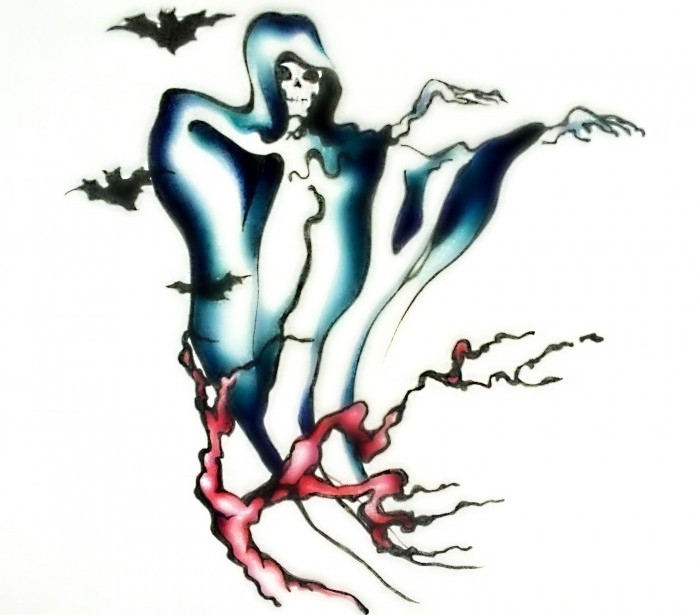Science has a reputation for refutation. But this is not always the case, and some researchers have found that monsters and ghosts might actually exist; however, maybe not in the way that people expect.
Zombies
The concept of zombies originates from Haitian folklore, in which Vodou priests called bokors were reportedly able to turn normal people into the undead using a magical powder introduced to the bloodstream. In 1982, Wade Davis, Harvard anthropologist and ethnobotanist, travelled to a number of Haitian villages in search of genuine bokor priests. In The Serpent and the Rainbow, a book Davis wrote about his experiences in Haiti, Davis described his encounter with Clairvius Narcisse, a Haitian man who was widely believed to have been dead for 18 years before being ‘cured.’ While undead, Narcisse reportedly had no personal identity and existed in a permanent trance-like state.
Davis’s controversial explanation for these symptoms was based in chemistry and pharmacology. According to Davis, priests would imbue individuals with tetrodotoxin—a powerful neurotoxin found in pufferfish—as well as various deliriant drugs. However, these effects remain unproven, and are not entirely consistent with other instances of tetrodotoxin poisoning.
Many scientists, including Pace University neurologist Terence Hines and Tavistock Institute psychologist R. D. Laing, dismiss these claims. Instead, they push a social or behavioral model similar to the nocebo (reverse placebo) effect. This effect is seen in several culture-specific ‘folk illnesses’ such as First Nations wendigo psychosis—a type of canabilism—or Aboriginal Australian bone-pointing—an omen of death—where the staunch belief in a ritual or ailment psychosomatically produces symptoms. The study of these purported medical conditions remains on the fringe of anthropology, and even the idea that they exist as medical as opposed to social issues is controversial.
Vampires
Vampires have experienced a massive resurgence in popularity over the last few decades, and with this, an influx of rationalizations for a scientific cause behind vampirism.The most common modern suggestions are diseases such as rabies and porphyria, which are both highly communicable. Their symptoms include aggression, sleep pattern disruption, sensitivity to light and the taste of garlic, as well as psychosis.
Today’s modern pop culture conception of vampirism is very far removed from the original lore, which, for example, gave the creatures a ‘purplish’ skin tone, due to blood consumption, and an obsession with counting, today called arithmomania.
Ghosts
Ghosts have historically been harder to pin down. It seems intuitively unlikely that any sort of disease could turn a living human being into an incorporeal and semitransparent spectre. What’s more, the underlying folklore is vague and found in some shape or form in every world culture, as opposed to the more regional and specific legends of vampires or zombies. However, scientists have been using infrasound, especially subsonic frequencies of around 19 hertz—just below the range of human hearing—to offer a more rational explanation to ghost stories.
A 2003 study conducted by National Physical Laboratory acoustical scientist Richard Lord and University of Hertfordshire psychologist Richard Wiseman showed that infrasound caused feelings of dissociation, unease, and paranoia. At certain ranges of frequencies, which have since been conclusively detected in several houses reported to be haunted, infrasound can establish sympathetic vibrations in the vitreous humour of the eye, leading to ghost-like hallucinations and fleeting, darting motion indistinctly seen in peripheral vision, as shown in a NASA study.
The theorized evolutionary purpose of the visceral human reaction to certain frequencies of infrasound is that it is produced by volcanoes, earthquakes, growling tigers, and other natural sources of danger that understandably became hardwired into humans’ innate fear reactions. In the modern world, however, it’s more likely to encounter infrasound as the result of a noisy fan or faulty plumbing than a hungry tiger—and these can often lead to reports of hauntings in houses that really just need a good renovation.









